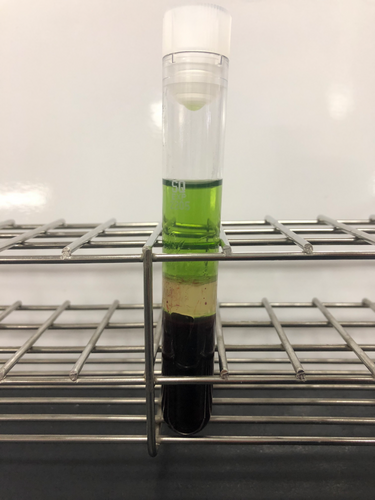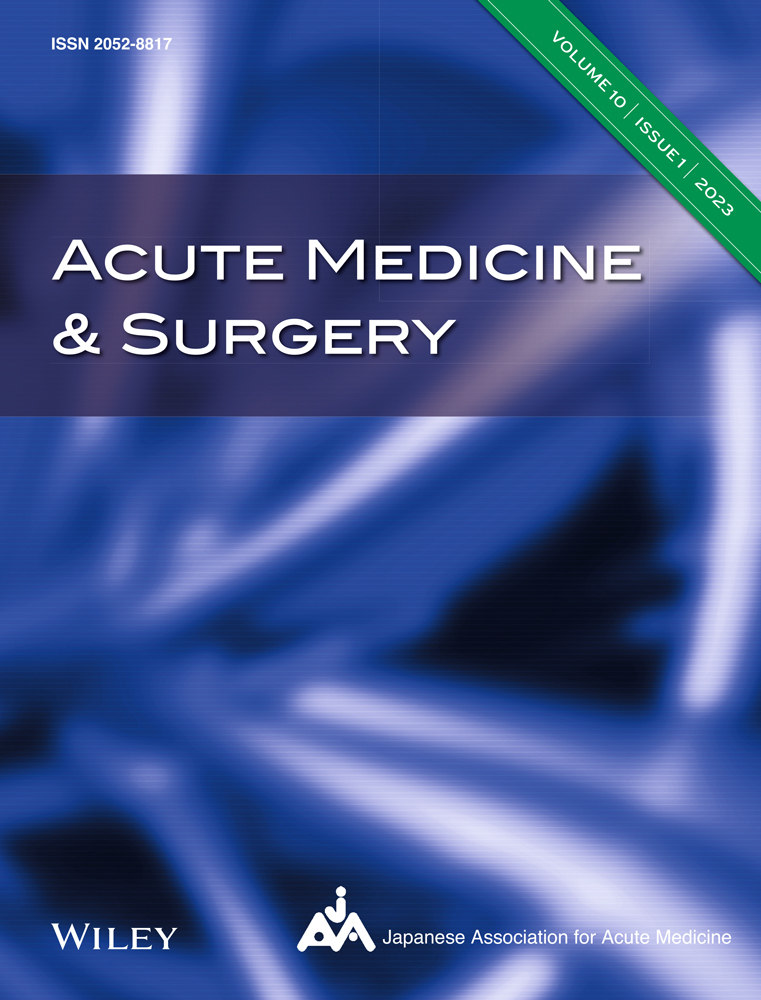Green serum—A sign of paraquat poisoning
A 70-year-old man was transported to the emergency department because he had ingested more than 500 ml of herbicide (paraquat concentration, 5%) in a suicide attempt. On arrival, he exhibited severe hypoxia, hypotension, and lactic acidosis with blue-green vomit. We avoided excessive oxygenation and decontaminated his clothing and skin. When a blood sample was centrifuged for a laboratory test, green serum was observed (Fig. 1).

Based on circumstantial evidence, paraquat poisoning was strongly suspected, and ventilator management, gastrointestinal decontamination, and treatment with activated charcoal were carried out. However, because the amount of paraquat ingested exceeded the lethal dose, palliative care was initiated. The patient died 6 h after arrival.
To confirm paraquat exposure, urinary and plasma paraquat were evaluated using sodium dithionite, based on a reaction in which reduced paraquat radicals turn blue.1, 2 Although there are no reports of blood serum turning blue or green due to paraquat poisoning, it is likely that paraquat radicals were involved in the production of green serum in the present case.
As there are no specific early symptoms of paraquat poisoning, and diagnosis is difficult without useful circumstantial evidence, the presence of green serum could provide a diagnostic clue.
ACKNOWLEDGMENTS
We would like to thank Medical English Service for their help with the English language editing.
DISCLOSURE
Approval of the research protocol: N/A.
Informed consent: Informed consent was obtained from the patient's family.
Registry and the registration no. of the study/trial: N/A.
Animal studies: N/A.
Conflict of interest: None.




